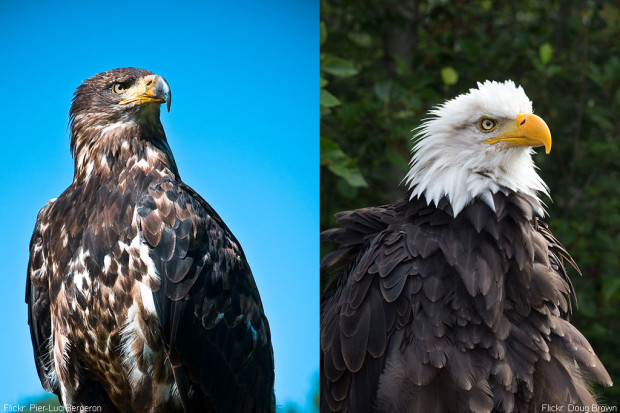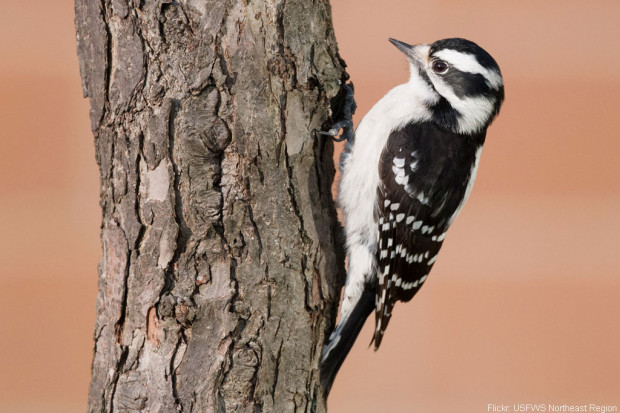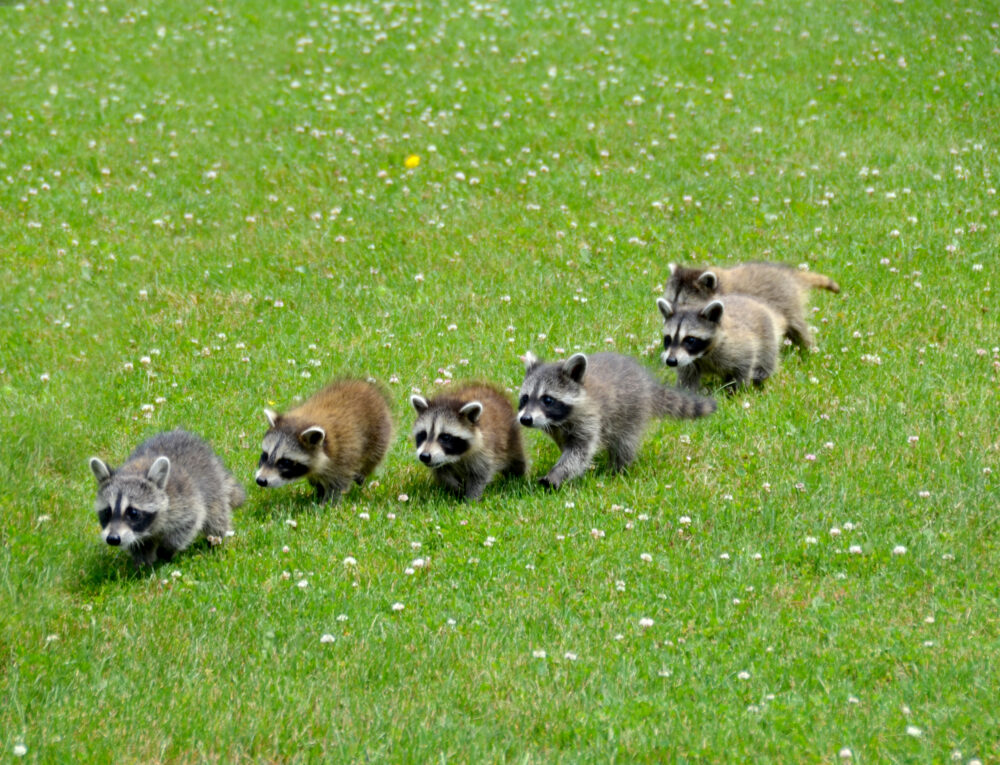We have much more to do and your continued support is needed now more than ever.
Ruffled Feathers: The Scraggly Life of Molting Birds

It sparked my curiosity. I know you’ve probably noticed your own backyard birds as they molt. Please share your observations, because we can all learn from one another. Either way, enjoy these photos and tidbits about birds and molting!
What is Molting?
Molting is the process of shedding an outer covering (like feathers) to be replaced by new growth. When birds molt, their feathers fall out and are replaced with new plumage to match their age, sex and sometimes the season.
Think about the situations you might change your outfit. Birds change their plumage for a variety of similar reasons: to control body temperature, to match the environment, for camouflage, and to attract/impress a mate.
Fancy Feathers
The American goldfinch is one of many species with vibrant plumage during the breeding season followed by a molt to more drab colors (shown below). I barely recognized the American goldfinch with dark colors—I’m used to identifying the bright yellow plumage. This makes birding exponentially more difficult. You can test your skills with this quiz on non-breeding and breeding plumage.


Not Just Feathers
Puffins take it a step further and actually shed the sheath over their bill seasonally. They have bright white cheeks and colorful beaks during the breeding season, then molt to a dull coloration with gray cheeks and plain beaks (see below). The difference is astounding.

Staying Dry and Warm
While penguins molt, their feathers lose waterproofing and insulating capabilities. Therefore, they stay on land during the molting process. I agree with the New England Aquarium who says “they often look like exploding pillows.” Hilarious.

Symmetrical Pattern
Most birds molt their flight feathers in a symmetrical pattern, which maintains balance for flight. Look as a hawk flies overhead mid-molt, you’ll notice shorter feathers mirrored on each wing. The Anna’s hummingbird and juvenile red-shouldered hawk shown below demonstrate symmetrical molting patterns. Different species have different molting patterns, as we can see with penguins and goldfinches, the body feather molt is not symmetrical (splotchy appearance).


Growing Up
Immature bald eagles are very different than adults. Juvenile bald eagles are mostly brown. As they mature, the eyes and beak turn yellow, while the head and tail feathers become white. It takes about 5 years for bald eagles to reach full maturity.

Balding
If you see a bird that looks like it’s balding, it could be a result of molting. However, the issue isn’t well researched, and other possible factors include poor nutrition or mites. It’s really an unfortunate look for these birds, but at least the feathers (usually) grow back.

Tail Feathers
Woodpeckers have very strong tail feathers. Their inner tail feathers are especially critical for them to climb and move around on trees. Most birds replace tail feathers beginning with central feathers, but woodpeckers molt their outermost tail feathers first. This way, woodpeckers are still able to navigate and prop up on tree trunks using outer feathers to compensate for inner feathers.

Grounded
Most birds molt their flight feathers one at a time so they are still able to fly. Ducks (and most waterfowl) lose almost all of their primary flight feathers at once, rendering them flightless for 20-40 days!
Create a Bird-Friendly Habitat
![]() Attract awesome birds to your yard and observe them molting up-close! Follow these tips to create a bird-friendly habitat in your own backyard. Check out Bird Feeding 101, a guide to bird-friendly urban landscapes, and remember that you can always make your yard an official NWF Certified Wildlife Habitat®!
Attract awesome birds to your yard and observe them molting up-close! Follow these tips to create a bird-friendly habitat in your own backyard. Check out Bird Feeding 101, a guide to bird-friendly urban landscapes, and remember that you can always make your yard an official NWF Certified Wildlife Habitat®!
I’d like to thank Doug, NWF’s Senior Scientist, who tells me when I’m making things up.





















